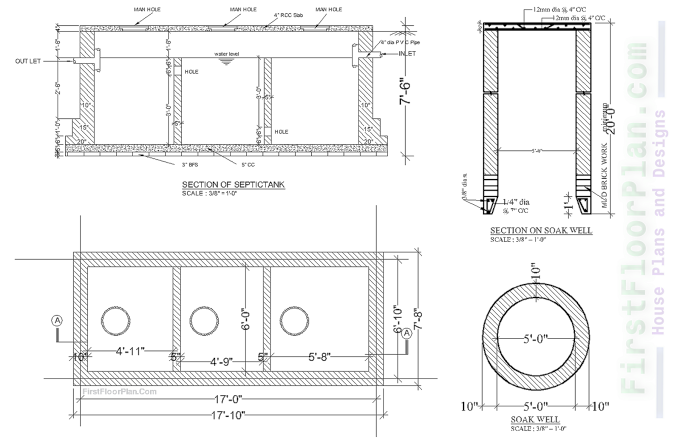1. Definition of Process Standardization
Process
standardization refers to the practice of establishing uniform processes and
procedures that are followed consistently throughout an organization. It
involves documenting and communicating the best practices for each process,
ensuring that everyone involved understands and adheres to them.
Standardization eliminates variations and deviations, leading to improved
quality, reduced errors, and increased efficiency.
For example, in a
manufacturing setting, process standardization may involve defining the exact
steps, tools, and techniques required to assemble a product. By standardizing
the process, the organization can ensure that each product is manufactured to
the same specifications, reducing defects and customer complaints.
2. Benefits of Process Standardization in Lean
Six Sigma
Process
standardization plays a crucial role in the success of Lean Six Sigma
initiatives. Here are some key benefits:
2.1 Consistency and Predictability
Standardizing
processes ensures that each task is performed in the same way, regardless of
who is performing it. This consistency leads to predictable outcomes and
reduces the risk of errors or defects. When employees know exactly what is
expected of them and how to perform their tasks, they can focus on delivering
high-quality results.
For example, in a
customer service department, standardizing the process of handling customer
inquiries ensures that each customer receives the same level of service.
2.2 Reduced Waste and Variation
Process
standardization helps identify and eliminate waste and variation in processes.
By defining the most efficient and effective way to perform a task,
organizations can eliminate unnecessary steps, reduce rework, and minimize
errors.
For instance, in a
healthcare setting, standardizing the process of patient admissions can help
reduce waiting times, eliminate redundant paperwork, and improve the overall
patient flow.
2.3 Improved Training and Onboarding
Standardized processes make training and onboarding new
employees much easier and more efficient. When processes are well-documented
and consistently followed, new employees can quickly learn and understand how
to perform their tasks. This reduces the learning curve and ensures that new
hires can contribute to the organization’s success from day one.
For example, in a
software development company, standardizing the process of code reviews and
testing allows new developers to understand the expectations and requirements
for delivering high-quality code. This accelerates their integration into the
development team and reduces the risk of introducing bugs or errors.
2.4 Enhanced Data Analysis and Continuous
Improvement
Process
standardization provides a solid foundation for data analysis and continuous
improvement efforts. When processes are standardized, it becomes easier to
collect accurate and reliable data, which can be analyzed to identify areas for
improvement. Standardization also enables organizations to compare performance
across different teams or departments, facilitating benchmarking and sharing of
best practices.
For instance, in a
manufacturing organization, standardizing the process of collecting and
analyzing production
data allows for better visibility into performance metrics such as cycle time, defect rate, and throughput. This data
can then be used to identify bottlenecks, implement process improvements, and drive overall
operational excellence.
3. Challenges in Process Standardization
While process
standardization offers numerous benefits, organizations often face challenges
in implementing and maintaining standardized processes. Here are some common
challenges:
3.1 Resistance to Change
Resistance to change
is a common challenge when implementing process standardization. Employees may
be resistant to new processes or procedures, especially if they have been
accustomed to working in a certain way for a long time. Overcoming this
resistance requires effective change management strategies, clear
communication, and involvement of employees in the standardization process.
3.2 Lack of Flexibility
Standardized processes
can sometimes be perceived as rigid and inflexible, limiting the ability to
adapt to changing circumstances or unique situations. Organizations need to
strike a balance between standardization and flexibility, ensuring that
processes can be adjusted when necessary without compromising quality or
efficiency.
3.3 Lack of Documentation and Training
Process
standardization relies on clear documentation and training materials to ensure
that employees understand and follow the standardized processes. Lack of proper
documentation and training can lead to confusion, errors, and deviations from
the standard. Organizations need to invest in creating comprehensive process
documentation and provide ongoing training to ensure that employees are
equipped with the necessary knowledge and skills.
3.4 Maintaining Standardization Across Locations
Organizations with
multiple locations or global operations face the challenge of maintaining
process standardization across different sites. Language barriers, cultural
differences, and varying levels of expertise can make it challenging to ensure
consistent adherence to standardized processes. Regular communication,
training, and monitoring are essential to maintain standardization across
locations.
4. Best Practices for Process Standardization
Implementing and
maintaining process standardization requires careful planning and execution.
4.1 Clearly Define and Document Processes
Start by clearly
defining and documenting each process, including the steps, inputs, outputs, and key
performance indicators. Use visual
aids such as flowcharts or process maps to make the processes easier to
understand and follow.
4.2 Involve Employees in the Standardization
Process
Involve employees who
are directly involved in the processes in the standardization efforts. Their
input and expertise are invaluable in identifying areas for improvement and
ensuring that the standardized processes are practical and effective. This
involvement also helps
in overcoming resistance to change.
4.3 Provide Training and Ongoing Support
Invest in
comprehensive training programs to ensure that employees understand the
standardized processes and have the necessary skills to perform their tasks.
Provide ongoing support and resources to address any questions or challenges
that may arise during the implementation and maintenance of standardized
processes.
4.4 Monitor and Measure Performance
Regularly monitor and
measure the performance of standardized processes to ensure that they are
delivering the desired results. Use key performance indicators (KPIs) to track
performance and identify areas for improvement. Collect feedback from employees
and stakeholders to continuously refine and optimize the standardized
processes.
4.5 Foster a Culture of Continuous Improvement
Process
standardization is not a one-time effort but an ongoing journey. Foster a
culture of continuous improvement where employees are encouraged to identify
and suggest improvements to the standardized processes. Recognize and reward
employees for their contributions to process improvement.
5. Conclusion
Process
standardization is a critical component of Lean Six Sigma that enables
organizations to achieve consistent, predictable, and efficient processes. By
eliminating waste, reducing variation, and enhancing training and data
analysis, process standardization contributes to improved quality, increased
productivity, and overall operational excellence. While challenges may arise
during the implementation and maintenance of standardized processes, following
best practices and fostering a culture of continuous improvement can help
organizations overcome these challenges and reap the benefits of process
standardization.
Implementing Lean Six
Sigma without process standardization is like building a house without a solid
foundation. Process standardization provides the necessary structure and
consistency that allows organizations to achieve sustainable improvements and
drive long-term success.












%20House%20plan%20with%207%20storey%20Apartmen%20building%20Structural%20desing%20%20DWG%20&%20PDF.jpg)